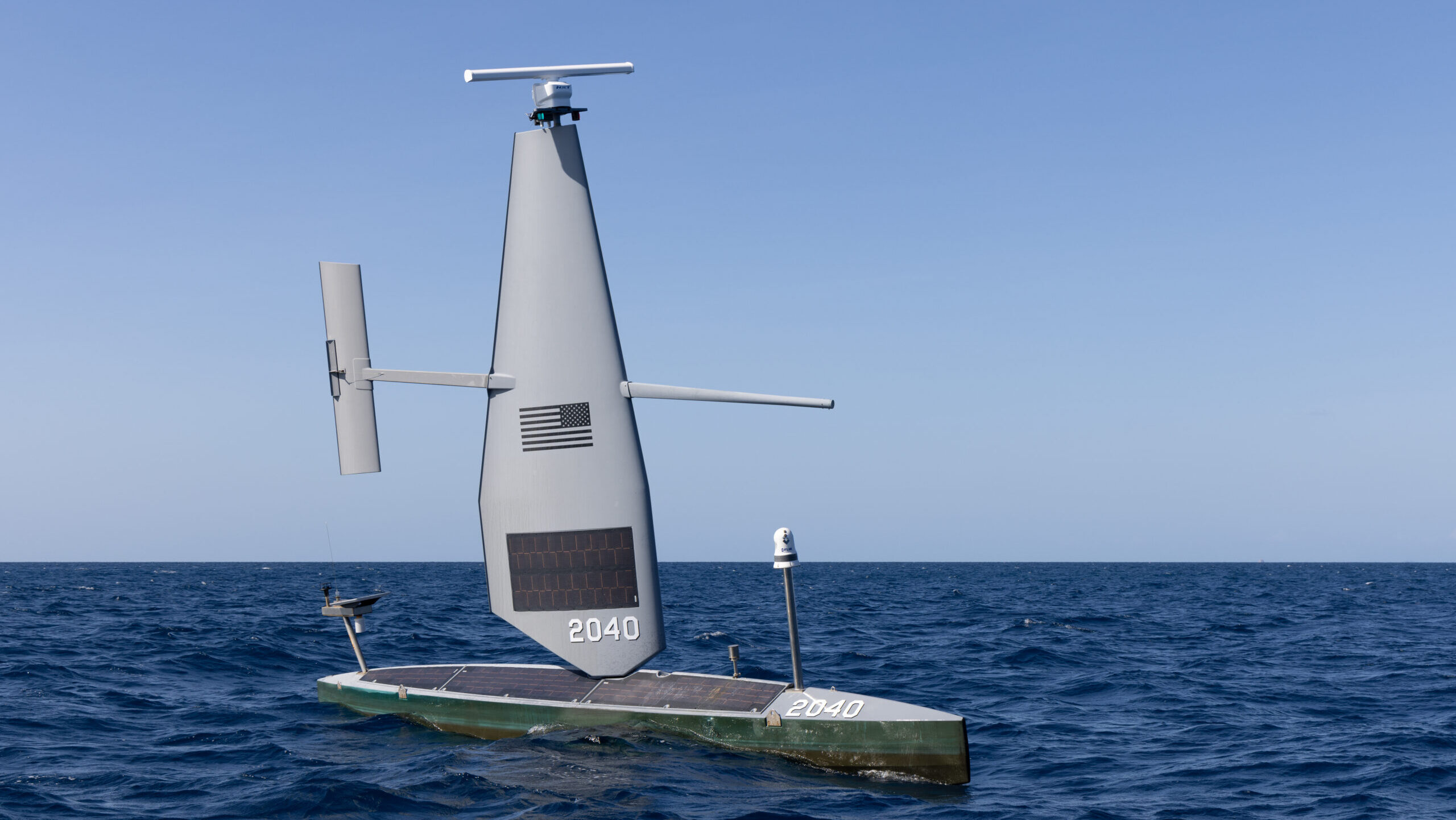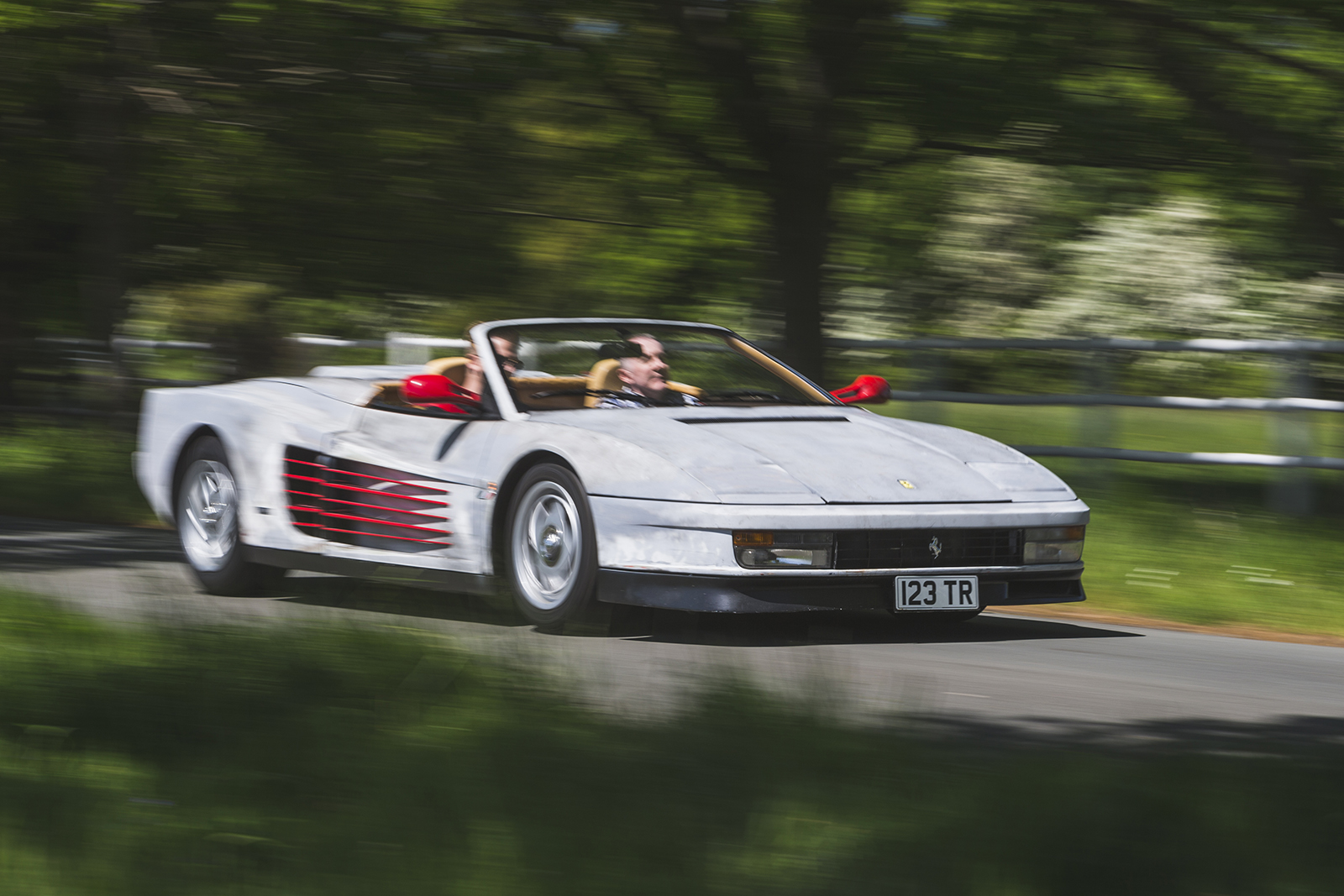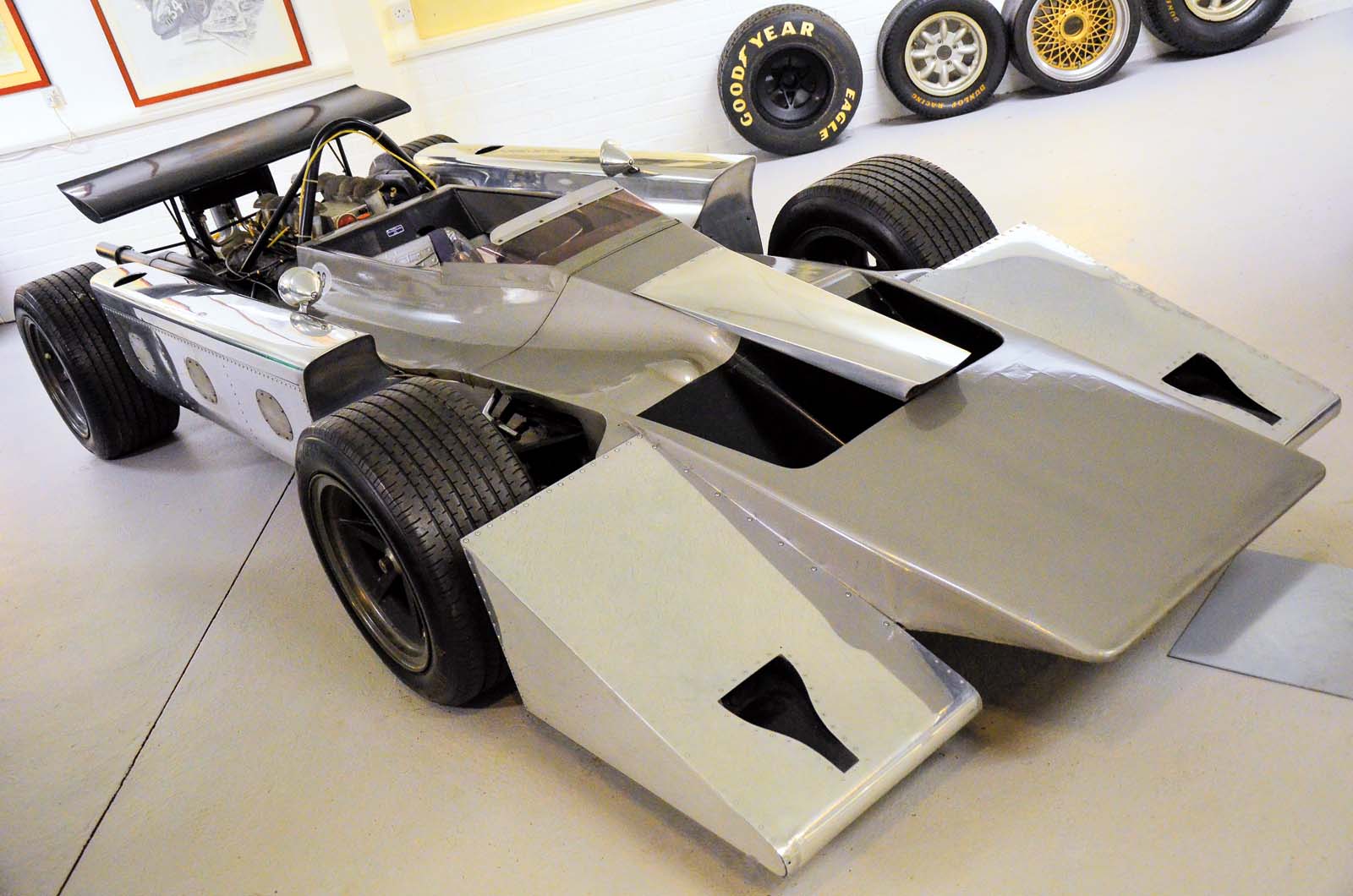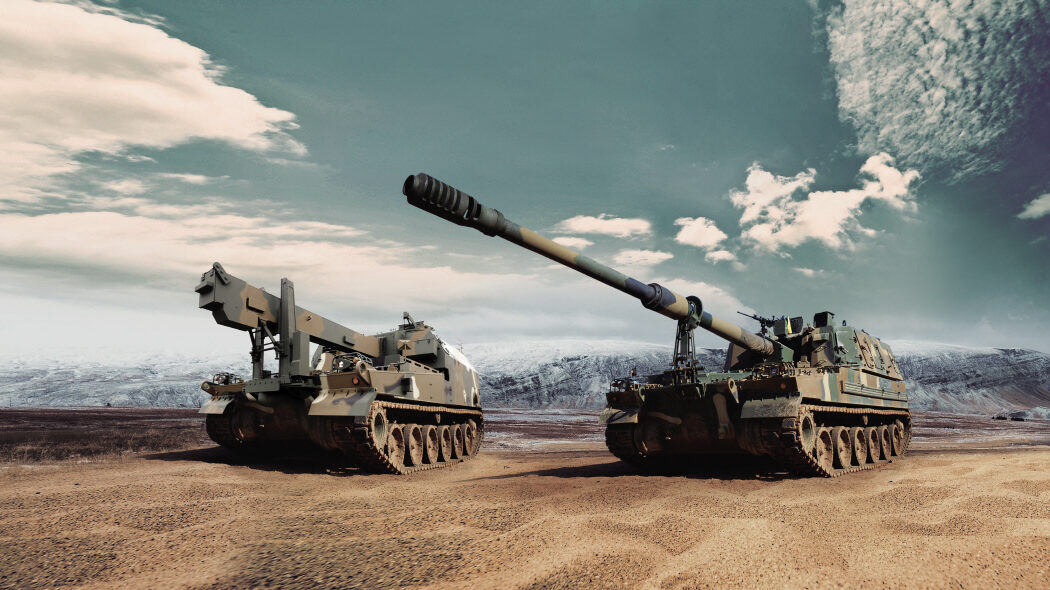Navy’s 4th Fleet to start operation focused on unmanned systems countering illicit trafficking
“Southern Spear will operationalize a heterogeneous mix of robotic and autonomous systems (RAS) to support the detection and monitoring of illicit trafficking while learning lessons for other theaters,” said Cmdr. Foster Edwards, 4th Fleet’s hybrid fleet director.


Saildrone will deploy 20 of its Voyager USVs in support of 4th Fleet’s Operation Southern Spear. (Photo courtesy of Saildrone.)
WASHINGTON — The US Navy’s 4th Fleet will begin a new operation, dubbed Southern Spear, in the coming weeks focused on using robotic and autonomous systems to aid in the detection of illicit trafficking, the service recently announced.
“Southern Spear will operationalize a heterogeneous mix of robotic and autonomous systems (RAS) to support the detection and monitoring of illicit trafficking while learning lessons for other theaters,” Cmdr. Foster Edwards, 4th Fleet’s hybrid fleet director, said in a statement last week. “Southern Spear will continue our (4th Fleet’s) move away from short-duration experimentation into long-duration operations that will help develop critical techniques and procedures in integrating RAS into the maritime environment.”
The operation will take place in the Southern Command area of responsibility, which spans the coasts of Central and South America. While Southern Spear’s goals do align with the new administration’s priorities for tighter security at the United States’s southern border, the timing is likely a coincidence because the Navy usually spends months planning these kinds of operations in advance. The operation is an evolution of the Navy’s previous operation dubbed Windward Stack.
Windward Stack was one of the initial operations that began under Navy Secretary Carlos Del Toro and Chief of Naval Operations Adm. Michael Gilday in 2023 during their efforts to scale unmanned technologies from experimental task forces to useful operations.
One of the companies involved in Windward Stack was Saildrone, which deployed 10 of its unmanned surface vessels in support of 4th Fleet following the service brass’s announcement. Saildrone said on Monday it would deploy 20 USVs “equipped with a newly upgraded sensor suite” as part of Southern Spear.
“You can do all the exercises you want with kind of staged targets, but when you’re deployed in the field, trying to track adversaries who are trying really hard not to be found, like narcotics smugglers, people smugglers, that’s a much, much harder task,” Saildrone CEO Richard Jenkins told Breaking Defense in an interview. “Operating in the real world with real weather, real conditions and real adversaries, is where we really start to learn the lessons very quickly.”
RELATED: Saildrone CEO says Iranian interference was valuable experience, not a surprise
Jenkins said those lessons are focused on how to upkeep a fleet of USVs so that they can maintain a persistent presence for the Navy, as well as efficiently sifting through the terabytes of data the USVs pick up and delivering only relevant information back to the service.
“The Navy literally doesn’t have the eyeballs to absorb all the data we collect, so we have to down sample that for the highest priority information,” said Jenkins. “So, the real lessons begin when you have 10s of vehicles out there permanently to really understand how to get the operational cadence and uptime to where it needs to be.”
Rather than trying to sell the Navy unmanned systems or autonomy software, Saildrone uses what is called a “contractor owned, contractor operated” model of business. This means the company is responsible for operating, deploying and maintaining its USV fleet. Its customers, in this case the US Navy, are paying only for the data those drones collect.
A company spokesperson told Breaking Defense the contract with 4th Fleet was facilitated by the Defense Innovation Unit and includes 180 days of operations per USV, but did not provide an associated dollar amount for that work.



































































































































































![The Weekly Break Out Ep. 4: Contracting chaos and congressional dollars [VIDEO]](https://breakingdefense.com/wp-content/uploads/sites/3/2025/02/Ep-4-Play-Button.jpg?#)






